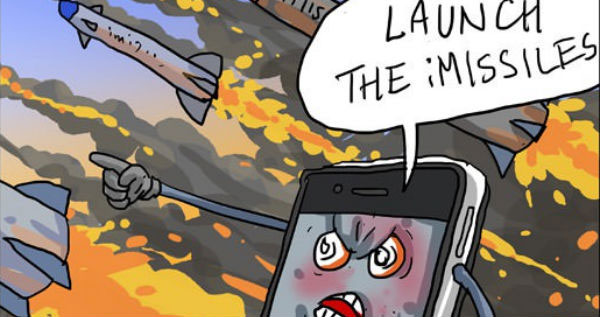Life & Island Times: History 3.0
 July 2 2017
July 2 2017
With the advent of Amazon and Google enabling fast searches of digitized books and periodicals and early Version 1.0 social media tracking of every errant thought, photo and text back in the early 21st century (I date this back to before Facebook – somewhere in 2002 and 2003), we entered History 2.0. This was long before Big Data and other government touted next big deals.
This was profoundly important. These abilities were at the fingertips of the common man who could enter a public library and sit in front of a desk top computer. They were harbingers of a new kind of history, where the world’s information was not only more plentiful and diverse, but astonishingly accessible. There were obstacles: lack of facility with Boolean expressions, copyright entanglements, privacy concerns and a way to pay for it.
But by late 2003, a lot of people realized that History 2.0 was well underway. So far civilization has lived long enough to explore its implications both bad (like terrorist bomb recipes and secret plotting in front of and hidden from government spy eyes) and good (smart phone app pizza ordering and Uber).
History 1.0 dated back to the caveman era when humans recorded their local experiences on cave walls, in cuneiform on papyrus, etc. The ability to record events was a transforming development for our species. The Web — the vast collective documentary created by all human beings not just our local tribesmen stories– made everything accessible to all individuals in one fell swoop.
With the advent of web and media enabled hucksters, liars and propagandists, the issue of trust made History 2.0 problematic. Some refer to these latest corruptions as fake news, alt facts, nation state hacking perception management, etc.
The more pressing issue to some was the rise of self constructed ecosystems (echo chambers is what t I call them) of friend/unfriend groups. These echo chambers piled up prodigious piles of data and event histories o n a daily basis according to what its members believe, eliminating all counter factual recollections from their cave walls and papyrus scrolls.
So, what we likely will end up with as History 3.0 is a turbo charged version of what has happened in world of retail during the past 20 years. Retail moved from retailer centric bricks and mortar model (Retail 1.0), via a customer self service centric model of bricks and clicks (Retail 2.0), to a few dominant digital retailers like Amazon and Google telling us what they anticipate we want before we know we need it, shipping included (Retail 3.0).
History 3.0 will then likely include near continuous insta-polling of our self selected cave wall writers’ and readers’ opinions. Demonstrations and digital shaming storms of the other side will be instantly launched by our political service bots. Favorable self back patting coverage will be live cast over the web thus making History 2.0 platforms like Netflix, broadcast and cable TV news, and YouTube oh so 2005 obsolete.
Some messy parts will still be required. Yes, dear readers, legacy History 1.0 analogue police and military forces will still protect us from domestic and foreign unpleasantness.
These will hopefully wither away when the 10 year battle for market dominance in the protection Bot business among Google, Amazon, and Tesla is settled when Apple-Alibaba team reveals their joint iWar enhanced reality WMD force is available for sale.
By the way I wonder what Blue Apron is delivering for dinner tonight?
Copyright 2017 My Isle Seat
www.vicsocotra.com
